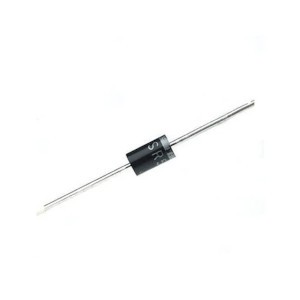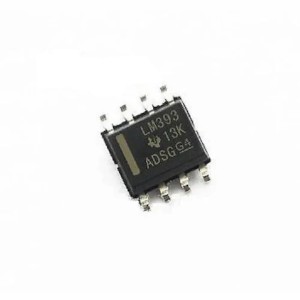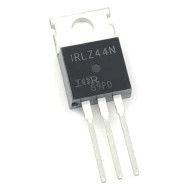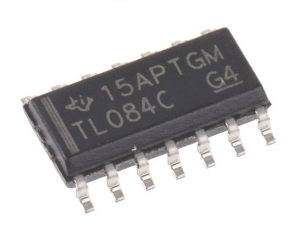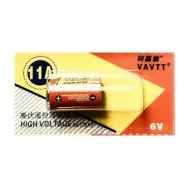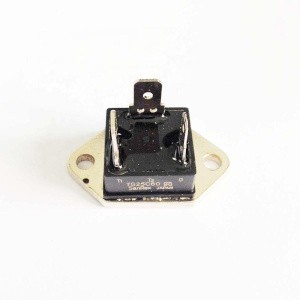

GY-ML8511 UV Sensor Module
Inhouse product
-
৳320.00
Reviews & Ratings
The GY-ML8511 UV Sensor Module is an ultraviolet (UV) light sensor designed for detecting UV intensity in the 280-390nm wavelength range, covering most of the UVA (tanning rays) and part of the UVB (burning rays) spectrum. It’s commonly used with microcontrollers like Arduino for applications such as UV index monitoring, sunburn warning devices, or weather-related UV detection. Below is a detailed overview based on available information:
Key Features:
- Sensor Type: ML8511 UV sensor IC from Lapis Semiconductor, using SOI-CMOS technology for high integration in analog and digital circuits.
- Wavelength Detection: 280-390nm, ideal for UVA and partial UVB detection.
- Output: Analog voltage proportional to UV intensity (measured in mW/cm²). The output voltage typically ranges from 0.99V to 2.9V, mapping to UV intensity levels of 0 to 15 mW/cm².
- Power Supply: Operates at 3.3V (some modules support 5V via Vin pin, but 3.3V is recommended for stability).
- Low Power Consumption: Typical supply current of 300µA and standby current of 0.1µA, making it suitable for battery-powered devices like wearables.
- Interface: Simple analog output, directly connectable to a microcontroller’s ADC (Analog-to-Digital Converter) without additional photoelectric conversion circuits.
- Physical Design: Small, surface-mount package, often supplied with unsoldered header pins (soldering assistance may be needed).
Pin Configuration:
- Vin: Power input (some modules, typically 5V; often not used if 3.3V is available).
- 3V3: 3.3V power input (connect to 3.3V on Arduino or similar).
- GND: Ground.
- OUT: Analog output signal proportional to UV intensity (connect to ADC pin, e.g., A0 on Arduino).
- EN: Enable pin (connect to 3.3V to activate the sensor; output stabilizes within 1ms after EN goes HIGH).
Applications:
- UV Index Monitoring: Measures UV intensity for weather stations or personal safety devices.
- Sunburn Warning Systems: Alerts users to high UV levels to prevent skin damage.
- Portable Devices: Suitable for smartphones, watches, or wearables due to its compact size and low power consumption.
- Environmental Monitoring: Used in projects to track UV radiation in real-time.
Frequently Bought Products
Product Queries (0)
Login Or Registerto submit your questions to seller
Other Questions
No none asked to seller yet
-
৳320.00
